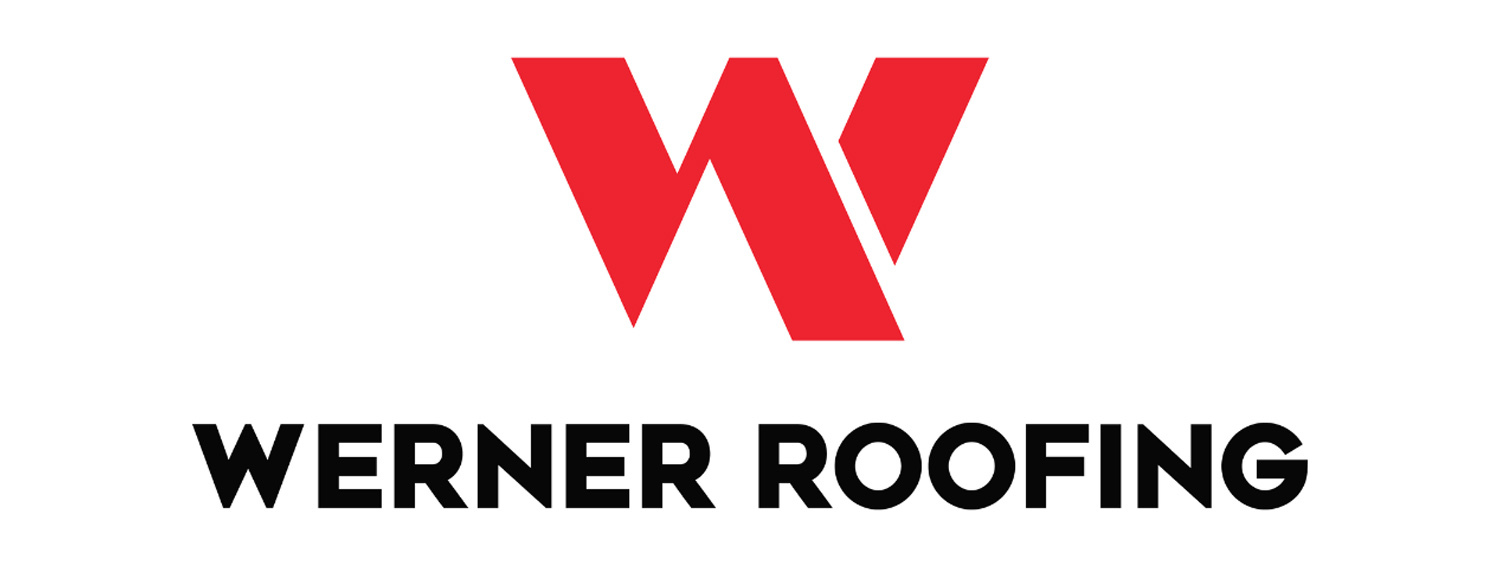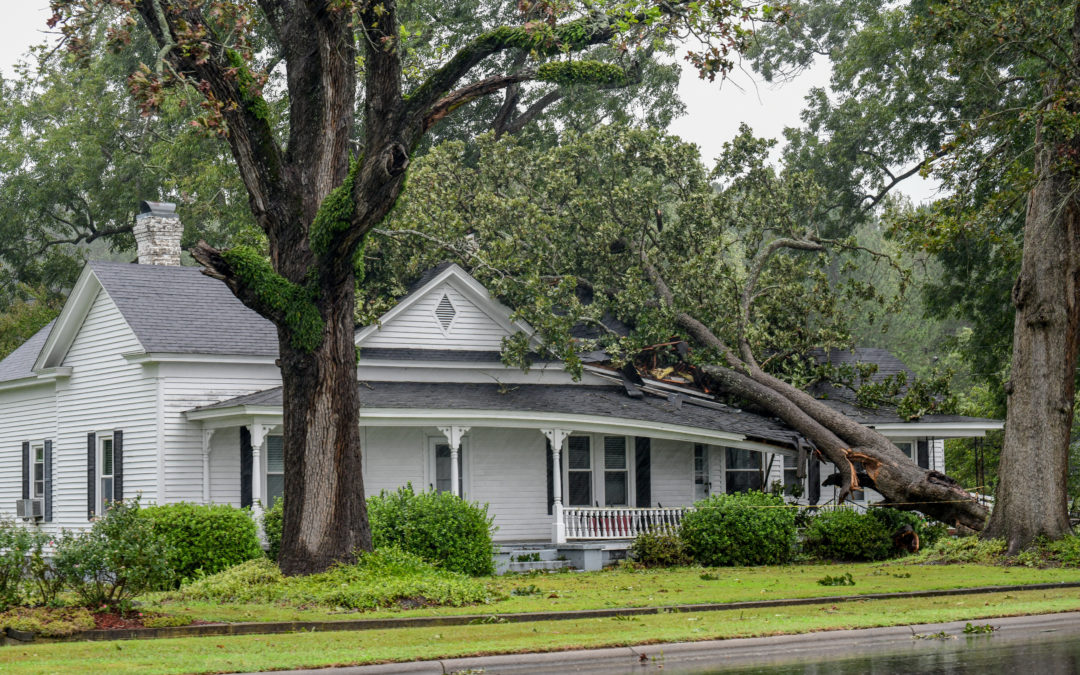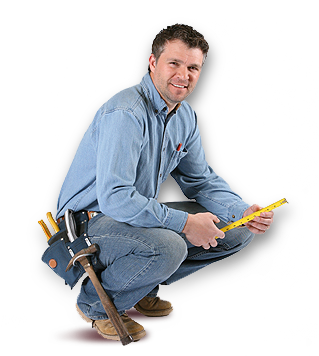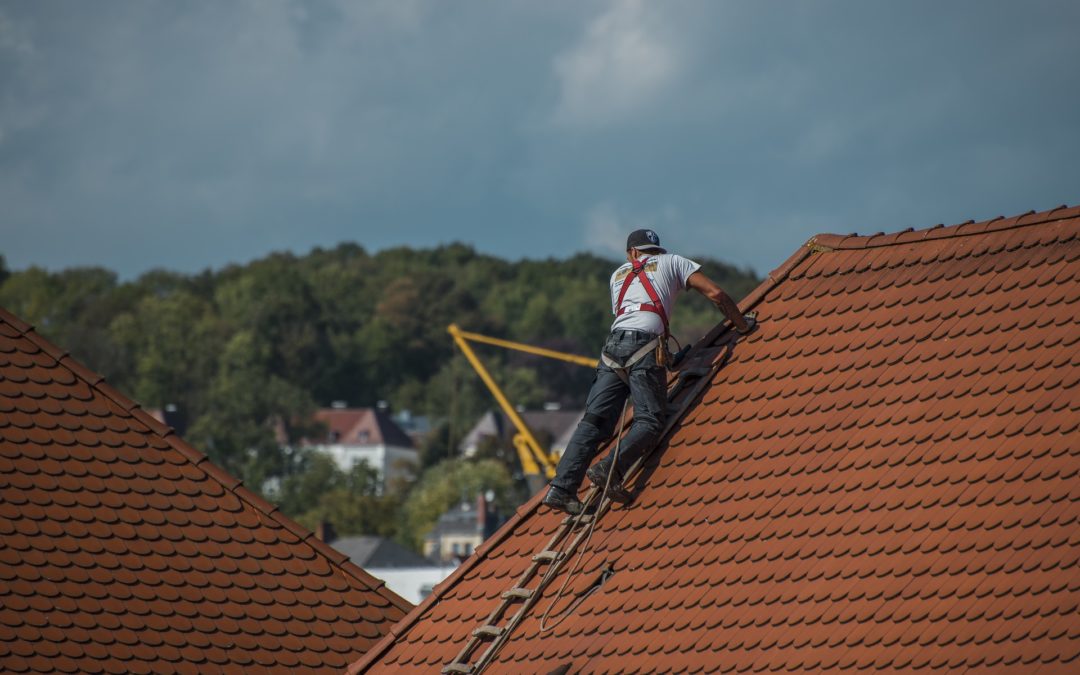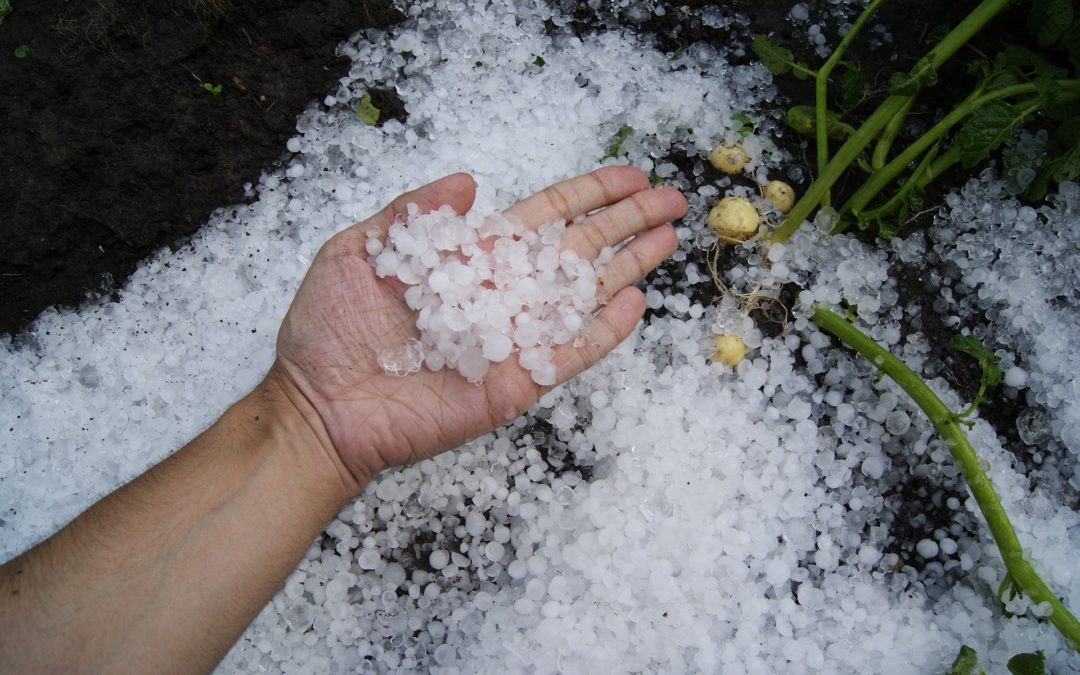
My New Roof is Leaking – What Do I Do?
After investing in a brand new roof, a homeowner’s worst nightmare is waking up to find you’ve sprung a leak. When you pay so much for such an essential part of your home, it’s natural to feel offended if your recently installed roof isn’t functioning as it should!
That said, it’s very rare to have a leak in a new roof, and the ones that do pop up are often easy to fix. Here are a few do’s and don’ts to keep in mind if your new roof is leaking.
3 Do’s and Don’ts if Your New Roof Is Leaking
#1: Don’t Work Yourself Up.
Do: Calmly Assess The Situation
Before you call anyone, do your best to calm down and determine where the leak originated. You’ll want to gather as much information as you can about the leak, such as:
- When did the leak start?
- How hard was it raining?
- How much water has accumulated in your home?
- Has the leak stopped?
- Is the leak coming from a window or chimney area?
These are all questions you’ll need to answer when you call your roofer. The more calmly and confidently you can answer these questions, the better your outcome will be.
#2: Don’t Exaggerate Your Problem
Do: Present The Facts Clearly And Request A Realistic Timeline
If you’re honest about what’s gone wrong with your roof and present your roofer with calm, confident answers to “What went wrong?”, you’re more likely to get a better response.
Be firm with your timeline, but understand that a week is a realistic timeframe for scheduling an inspection and repair, especially in less urgent situations. When you choose Werner Roofing, it’s not unusual for us to be out there on the same day!
Again, most reputable roofers stand behind their work and want to guarantee their warranty. Most of them will do their best to come out and fix your leak as soon as possible.
#3 Don’t Panic If Your Roofer Has Ghosted
Do: Take Logical Steps To Address The Issue
If you find yourself in this unfortunate situation, the best approach is to stay calm and take the following steps:
- Be Realistic: Understand that it’s unlikely your entire roof is defective. Most issues are fixable without significant cost.
- Find a Trustworthy Roofer: Look for a local roofer with a solid reputation who can assess the situation. Ask for recommendations from friends and family, or look at reviews online.
- Assess the Damage: A reputable roofer will explain the problems clearly and offer reasonable solutions without suggesting a complete overhaul unless absolutely necessary.
Remember, most reputable roofers will not use scare tactics to get more money from you. They will provide practical and cost-effective solutions to address any issues with your roof.
Don’t Settle for Unreliable Roofers – Trust Werner Roofing
Most often, leaks in a new roof are due to tricky flashing around chimneys and windows. These issues can be fixed, but you need to find a roofer you trust to do the repairs. A reputable roofer who stands behind their work won’t hesitate to come out and make those repairs. At Werner Roofing, we offer free repairs!
If your roof is having issues and you’re having trouble finding someone who can help, do call Werner Roofing for quality roof repair you can trust. With more than 30 years of experience as a roofing contractor, owner Kris Werner takes pride in the company’s “no-pressure” approach when working with homeowners, whether it be fixing leaks, repairing gutters, or installing siding.
“We have the attitude. People trust us,” Werner says. “Our guys work hard.”
As a local West Michigan roofer with decades in the business, we’re here to help you. Call our office at 616-844-5382, or visit us online for your free roofing estimate today.
